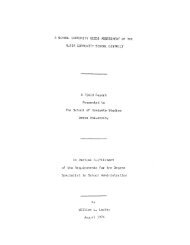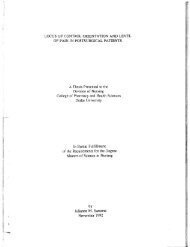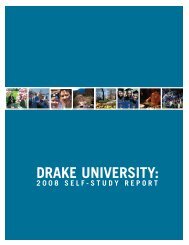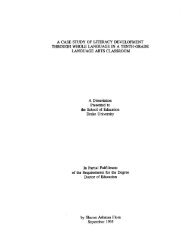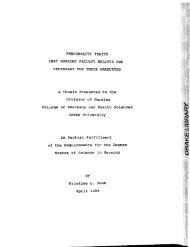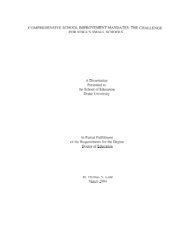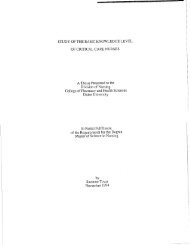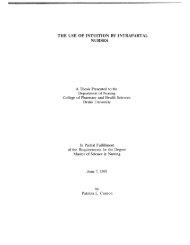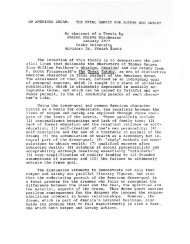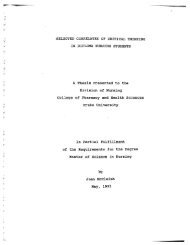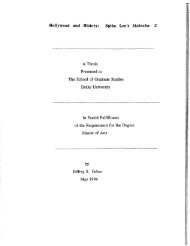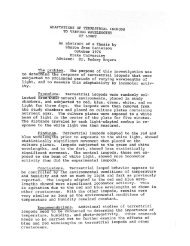LEADERSHIP CHARACTERISTICS OF ... - Drake University
LEADERSHIP CHARACTERISTICS OF ... - Drake University
LEADERSHIP CHARACTERISTICS OF ... - Drake University
Create successful ePaper yourself
Turn your PDF publications into a flip-book with our unique Google optimized e-Paper software.
organizational hierarchy do not differ in their leadership style according to<br />
their subordinates (Carless, 1998).<br />
Consensus has not been reached regarding the relationship or lack<br />
thereof between gender and leadership style. Lewis and Fagenson-Eland<br />
(1 998) suggested that it is important to contrast leaders' self-perceptions<br />
with those of their supervisors and subordinates. Their self perceptions<br />
affect their performance and motivation to advance and may result in<br />
greater reluctance to apply for higher level positions if they believe they<br />
lack the required competencies. It is noted that women consistently rate<br />
themselves lower in terms of their transformational leadership<br />
characteristics than do men (Bass & Avolio, 1994).<br />
In summary, research on sex differences related to leadership<br />
continues to evolve and appears to be contextually related to settings,<br />
subordinate, superior and self-assessment results, and method of<br />
measuring leadership behaviors and styles.<br />
Leadership and Age, Experience, Organization Size, and Setting<br />
Little research is available for comparison or predictors of<br />
leadership style based on age or experience of leaders or of<br />
organizations' size or setting. A study of a multi-hospital system with 52<br />
rural and 71 urban hospitals revealed that rural leaders typically fell within<br />
two age groups, 40-60 and 60+ years. The urban leaders typically fell into<br />
the under- 40 and 40-60 age groups (Smith, 1994).



